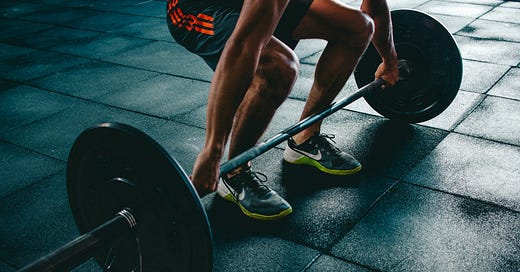Why Muscle Power Is The Key To Healthy Ageing.
Muscle metrics matter, but increasingly, we are learning that muscle power is a key metric to track.
The goal of exercising for longevity has two goals.
The first is extending lifespan - how long you live.
The second is improving healthspan - The quality of your life as you age.
Aerobic fitness is arguably the key driver of longevity, but resistance training is also a key driver of improvements in both lifespan and health span.
Muscle mass and muscle s…
Keep reading with a 7-day free trial
Subscribe to Dr Paddy Barrett to keep reading this post and get 7 days of free access to the full post archives.



